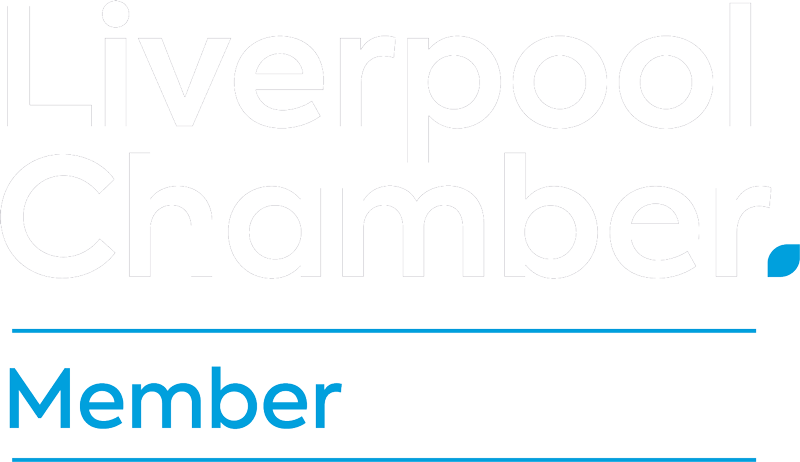The digital landscape is ever-evolving, and an impactful website is critical to establishing an online presence. However, the path to a great website is riddled with potential pitfalls. Here are ten common mistakes to watch out for in your web design journey:
1. Overloading with Information
Less is often more. Bombarding visitors with excessive text, images, or animations can be overwhelming. Focus on clarity and prioritise content that adds real value.
2. Ignoring Website Speed
A slow-loading site can frustrate users and negatively impact SEO rankings. Regularly test your website's speed and optimise images, scripts, and other elements to ensure quick load times.
3. Not Prioritising Mobile Design
As of August 2023, mobile device users contribute to 55% of all website traffic. Source: statcounter. Neglecting mobile design can alienate a significant portion of your audience. Ensure your design is responsive and offers a seamless experience across devices.
Source: statcounter
4. Neglecting User Experience (UX)
A site that's hard to navigate can deter visitors. Focus on intuitive design, clear calls to action, and ensure that essential information is easily accessible.
5. Not Being SEO-Friendly
If search engines can't understand your content, they can't rank it. Ensure your site structure, tags, content, and images are optimised for SEO to enhance visibility.
6. Using Stock Photos Excessively
While stock photos can be helpful, relying on them heavily can make your site feel generic. Whenever possible, use original images or graphics to provide a unique touch.
7. Failing to Update Content
A stagnant website can give the impression of an inactive or out-of-touch business. Regularly update your content, showcase recent projects, or add relevant news to keep your site fresh.
8. Skipping Analytics
Without tracking user behaviour, it's hard to know what's working and what's not. Implement tools like Google Analytics or HubDash to understand user interactions and adjust your design or content accordingly.
9. Not Catering to Accessibility
Everyone should be able to use your website, including those with disabilities. Ensure your design is accessible, using tools and guidelines to help cater to all users.
10. Avoiding Feedback
Constructive feedback is invaluable. Before officially launching, test your site with real users. Their insights can help you pinpoint areas for improvement.
Conclusion
A successful web design journey is about aesthetics, functionality, user-friendliness, and adaptability. By being aware of these common mistakes and proactively addressing them, you can create a website that stands out and effectively serves its purpose. Remember, design with your audience in mind and be open to evolution as trends and user behaviours shift.
If you need more Web Design advice, check out our Web Design Service to find out how we can help.


